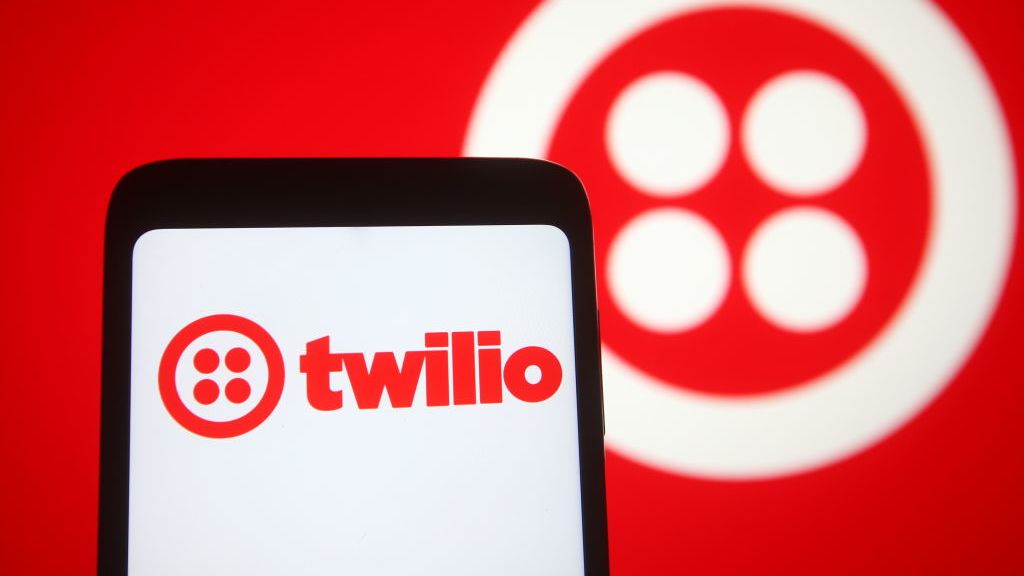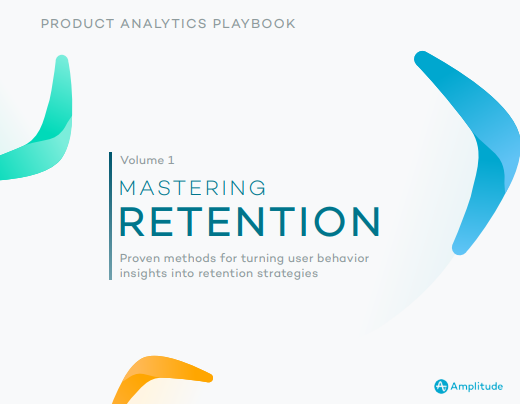Microsoft puts hybrid at the heart of Cloud OS strategy
Mixed deployment model will be dominant for next 10 years, claims Microsoft exec Mike Schutz


Microsoft has set out its vision for the future of IT - and hybrid cloud is at its very core.
Speaking to Cloud Pro at the UK launch of the company’s Cloud OS strategy, Mike Schutz, general manager of product management in the server and cloud division at Microsoft, said: “[Cloud OS] is our vision and strategy for the generation of modern IT.
“The cloud is very much a part of that, and we are seeing that hybrid cloud is and will be the predominant deployment model over the next decade.”
Hybrid cloud, Schutz argued, is the answer to what he claimed is a common misconception around the use of legacy applications and the cloud.
“This is something that is absolutely top of mind for enterprises and we hear customers say they feel they have to move their application to the cloud to benefit from the cloud,” Schutz said.
“But what we’re seeing some of the real benefits of the cloud are actually extending applications into it, rather than moving.”
Schutz gave the example of airline EasyJet, which he said had used Microsoft’s Windows Azure cloud platform to add seat reservation functionality to its longstanding flight booking application.
Sign up today and you will receive a free copy of our Future Focus 2025 report - the leading guidance on AI, cybersecurity and other IT challenges as per 700+ senior executives
“Their existing booking system was all on-premise, but they wanted to generate a new revenue stream by allowing customers to assign themselves particular seats. All they did was leverage Windows Azure to build a new component that connected back to their on-premise booking system,” he said.
“We are seeing more and more people do that kind of extension, rather than forklifting apps wholesale into the public cloud,” he added.
It is this ability to extend between on-premise and the public cloud, as well as being able to move virtualised workloads around easily, that makes hybrid cloud a compelling deployment model, according to Schutz.
“It allows customers to leverage their existing investments and get more value from the cloud,” he said.
“It also allows [Microsoft] to help reduce friction and give customers the opportunity to take advantage of the cloud, but it doesn’t mean they have to replace what they already have.”
While it may or may not still be the dominant deployment model in 2020, hybrid cloud will always be around, Schutz claimed.
“People were saying the same thing about mainframe even 40 years ago, but it’s still here and still in use,” he said.
“There will always be some data or some applications that companies want to keep on-premise, or with local service providers and some that they are happy to go into the public cloud,” he added.

Jane McCallion is Managing Editor of ITPro and ChannelPro, specializing in data centers, enterprise IT infrastructure, and cybersecurity. Before becoming Managing Editor, she held the role of Deputy Editor and, prior to that, Features Editor, managing a pool of freelance and internal writers, while continuing to specialize in enterprise IT infrastructure, and business strategy.
Prior to joining ITPro, Jane was a freelance business journalist writing as both Jane McCallion and Jane Bordenave for titles such as European CEO, World Finance, and Business Excellence Magazine.
-
 OpenAI's 'Skills in Codex' service aims to supercharge agent efficiency for developers
OpenAI's 'Skills in Codex' service aims to supercharge agent efficiency for developersNews The Skills in Codex service will provide users with a package of handy instructions and scripts to tweak and fine-tune agents for specific tasks.
-
 Cloud infrastructure spending hit $102.6 billion in Q3 2025
Cloud infrastructure spending hit $102.6 billion in Q3 2025News Hyperscalers are increasingly offering platform-level capabilities that support multi-model deployment and the reliable operation of AI agents
-
 Why you should invest in your CRM system
Why you should invest in your CRM systemSponsored A unified and better integrated service can boost efficiency, digital transformation and customer experience
-
 How to boost ROI from your CRM system
How to boost ROI from your CRM systemSponsored To deliver the results you want, you need to understand the full capabilities of your CRM system
-
 Twilio tackles 'crucial' customer retention with trio of platform upgrades
Twilio tackles 'crucial' customer retention with trio of platform upgradesNews The company believes that retaining customers and maximising LTV is crucial in weathering the current macroeconomic headwinds
-
 Mastering retention
Mastering retentionWhitepaper Turning user behaviour insights into retention strategies
-
 How customer relationship management (CRM) can help your business
How customer relationship management (CRM) can help your businessIn-depth Are you still keeping customer details in a simple database or spreadsheet? There are several benefits of adopting an integrated CRM system
-
 Microsoft announces Teams chat integration for Dynamics 365
Microsoft announces Teams chat integration for Dynamics 365News The integration offers features to streamline collaboration between teams while aiming to enable the faster closing of sales
-
 1.2m businesses now eligible for UK gov's software discounts
1.2m businesses now eligible for UK gov's software discountsNews Help to Grow: Digital scheme offers up to £5,000 off selected CRM and e-commerce software
-
 Trust is vital to the future of customer experience
Trust is vital to the future of customer experienceSponsored As third-party cookies enter their twilight, more trustworthy systems are essential to deliver the kind of digital relationships companies and customers need